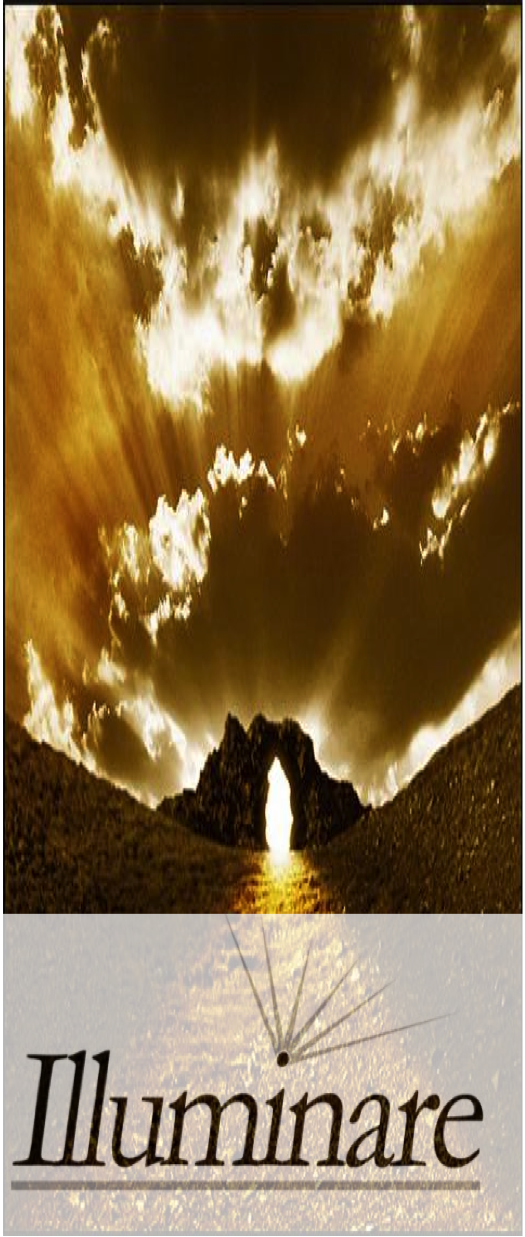Wilderness Zoning: Applying an Adapted Biosphere Reserve Model to Wilderness Areas
Main Article Content
Abstract
America’s wilderness areas represent pristine examples of untrammeled nature, invaluable biodiversity, and traditions of primitive outdoor recreation. These resources are vulnerable to mounting pressures, and as the human population continues to grow, anthropogenic impacts on wilderness areas continue to increase. Population growth, technology, and global climate change threaten to degrade wilderness quality. Traditional approaches to wilderness management, with their single directive approach, may be insufficient to protect against these threats (Carver, Tricker, & Landers, 2013; Cole & Hahn, 2006; Cole & Landres, 1996).
This paper offers a new approach to wilderness management based on the management of biosphere reserves. Research suggests zoned management may protect wilderness from degradation. Wilderness managers may consider applying this flexible zoning system, designating Core Zones, Scientific Research Zones, Cultural/Historical Zones, Recreation Zones, and Buffer Zones. A wilderness zoning policy could effectively protect wilderness from the challenges of anthropogenic change (Haas, Driver, Brown & Lucas, 1987).
Downloads
Article Details
All articles published in Illuminare are open-access articles, published and distributed under the terms of the Creative Commons Attribution 3.0 License, which permits reproduction, distribution, derives and commercial use, provided the original work is properly cited and authors and publisher is properly identified.
All authors who send their manuscripts to Illuminare and whose articles are published in Illuminare retain full copyright of their articles. Notwithstanding this, the author(s) grant Illuminare, its editors, publishers, owners and other persons associated with Illuminare and other users/readers, a license to use the article as described in the License Agreement section below. In future Illuminare may produce printed copies of articles in any form. Without prejudice to the terms of the license given below, we reserve the right to reproduce author's articles in this way.
BREIF SUMMARY OF THE LICENSE AGREEMENT
By submitting your research article(s) to Illuminare, you agree that:
- Anyone is free: to copy, distribute, and display the work; to make derivative works; to make commercial use of the work;
- Under the following conditions: Attribution the original author and publisher are clearly and fully given credit (but not in any way that suggests that author and publisher endorse the user or user's use of the work); for any reuse or distribution, it must be made clear to others what the license terms of this work are; any of these conditions can be waived if the copyright holder gives explicit permission.
